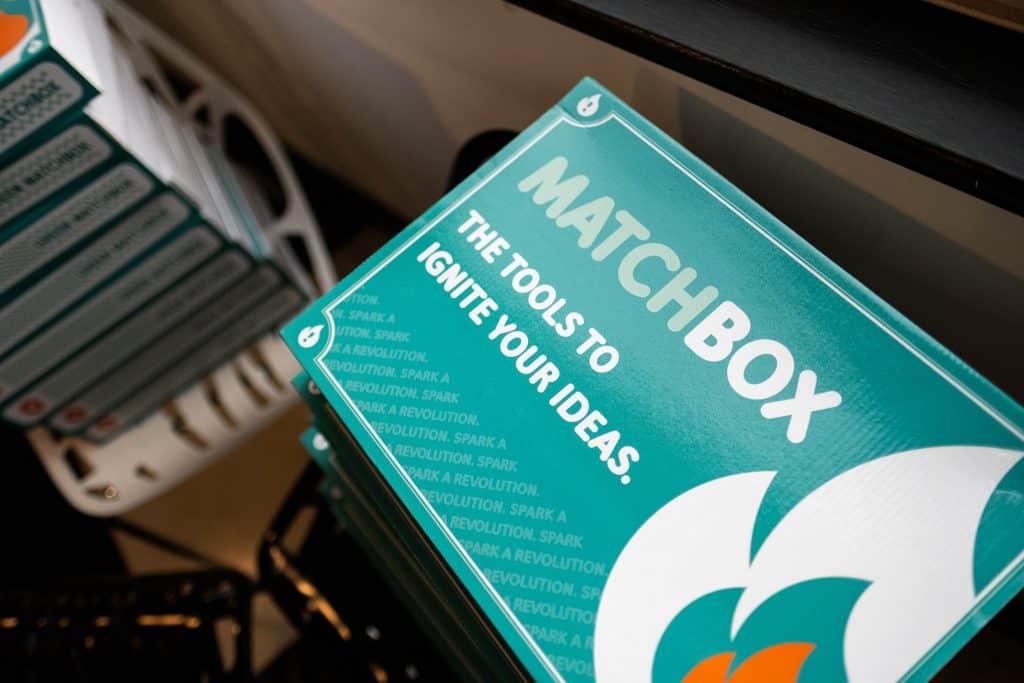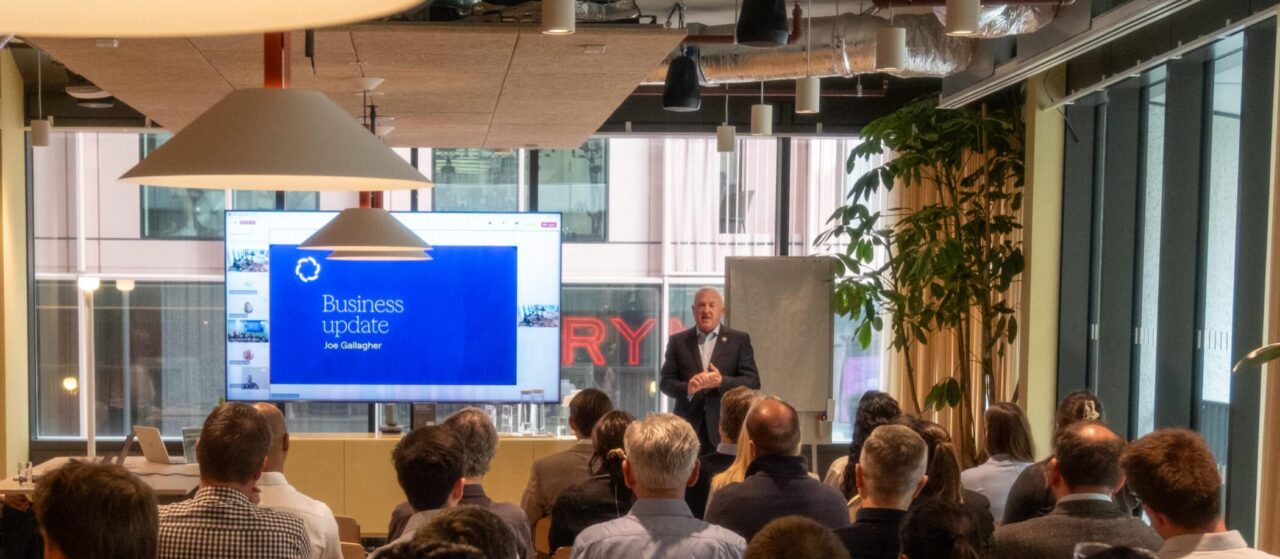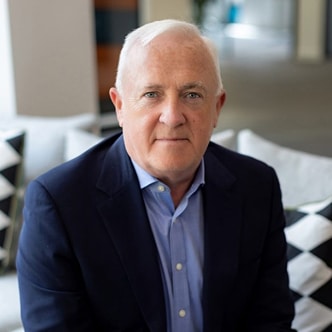Is it possible to harness innovation? To come up with a way of tapping our intellect and creativity to develop solutions to business challenges? To the founders of Liberty Global’s in-house innovation consultants, Spark, the answer is a resounding “yes”.
Spark is run by a small but inspirational team headed up by Sarah Kelly, Melle Klompenhouwer, Sinead Tower and Amy Le.
Its flagship training programme, Matchbox, literally teaches people how to innovate. It’s an innovation machine designed to solve real business problems so that employees can take on their day jobs with a more open mind, and much more creative oomph. As we lean more on automation and technology to complete routine tasks, we need to be able to bring our human-ness to the fore for the things that AI just can’t do.
It might sound improbable, but the Spark programme has proved that innovation can be learned and it’s a skill that anyone can master with practice and the right tools. Creativity is a process-driven, deeply methodical practice, and as we learn in the course, you can’t just wait around for a Eureka moment to strike you in the shower.

Through Matchbox, Sarah takes people on a very personal journey through the world of innovation, leading them from imagining something wonderful to experimenting to make it great. And then turning vision into reality, using Lean-Start Up and Design Thinking. It’s about priming your brain in the right mindset, and then applying the skills and tools that trigger the kind of creativity you want. Here’s how to get started.
1. The space is important
Is your working space conducive to creative thinking? There are various tips and tricks out there to boost productivity, from keeping your desk clean and tidy to adding a personal touch or a plant, but at a Matchbox event, it starts with the space – the bright, airy, inviting loft rooms, curious-looking warehouses, and surprising function rooms.
These aren’t just nice-to-haves; the environment is fundamental to Matchbox’s success. Studies show less eyestrain, headaches and blurred vision symptoms when people are seated within 10 feet of a window, and architect firm Gensler estimates businesses in the US alone lose $330 billion every year because of poor designs. And while many great ideas have been born out of basements and garages, it’s not a big leap to imagine the multiplier effect of inspiring spaces on the creative mind.

2. Find the right mindset
We become innovators only when powerful motivations demand it, and starting a journey without understanding your true purpose makes it really hard to succeed. Ask yourself the tough questions, why am I doing this? What are my motivations? What am I trying to achieve? Be honest with yourself and be prepared to venture out of your comfort zone.
Intrinsic motivations have been shown to be far more powerful than extrinsic ones. This means that people are inherently more motivated by the interest, satisfaction and challenge of the work itself rather than the promise of reward – or corporate mission statements.
3. Innovation is active
We know innovation requires motivation, but it also requires action – after all, innovation is the implementation of creative ideas. To be innovative, the creative ideas we pursue must be both novel and useful. Novel ideas are the result of insight; usefulness is based on internal and external input. Both require engagement with the world around us.
Inputs give our ideas context. For example, defining the objectives, requirements and constraints of a particular business or process to test whether the creative idea really fits. Insights come from active observation, asking questions and shifting perspectives as we go, applying a different lens to things we see every day and daring to ask how they could be different or better. It also requires empathy and selflessness to put yourself in someone else’s shoes to imagine their best outcome rather than your own.
4. Get comfortable with bad ideas
Set yourself free with a bad ideas book. We are less judgmental of ourselves if we’ve already called out our ideas for being bad. That’s why the Matchbox tool kit comes with a bad ideas book, rather than a good ideas book. This usually produces an organic flow of creative thinking because it stops everyone fixating on trying to come up with a ‘good’ idea.
 4. It’s not a solo process
4. It’s not a solo process
Of all the six modules in Matchbox, the first one, about motivations, is really the only one that you can explore alone; the rest require collaboration. From brainstorming and gathering feedback to testing ideas on potential customers, ideas simply don’t improve in isolation; they need this powerful set of collaboration tools to define, refine, validate, and evolve them.
Why this matters
The easy answer is that no company in the telecoms sector will succeed if it doesn’t innovate. But for us, it’s a bit more than that. We’ve already got incredibly talented people in Liberty Global, our technology is world-leading and our products and services are market leaders. The point about making Liberty Global a crucible for innovation is that it anchors our success in the future, not in the present.
“Spark empowers and energies our teams to push boundaries, to think big, and challenge the status quo,” says Sarah, “the programme has brought measurable impact to business but has also helped to uplift and progress the individuals within it.
“We need to keep that philosophy of innovation at the heart of our business so we can embrace disruptive industry shifts as opportunities because in a constantly changing and increasingly uncertain world, it’s our creativity that will allow us to succeed.”










